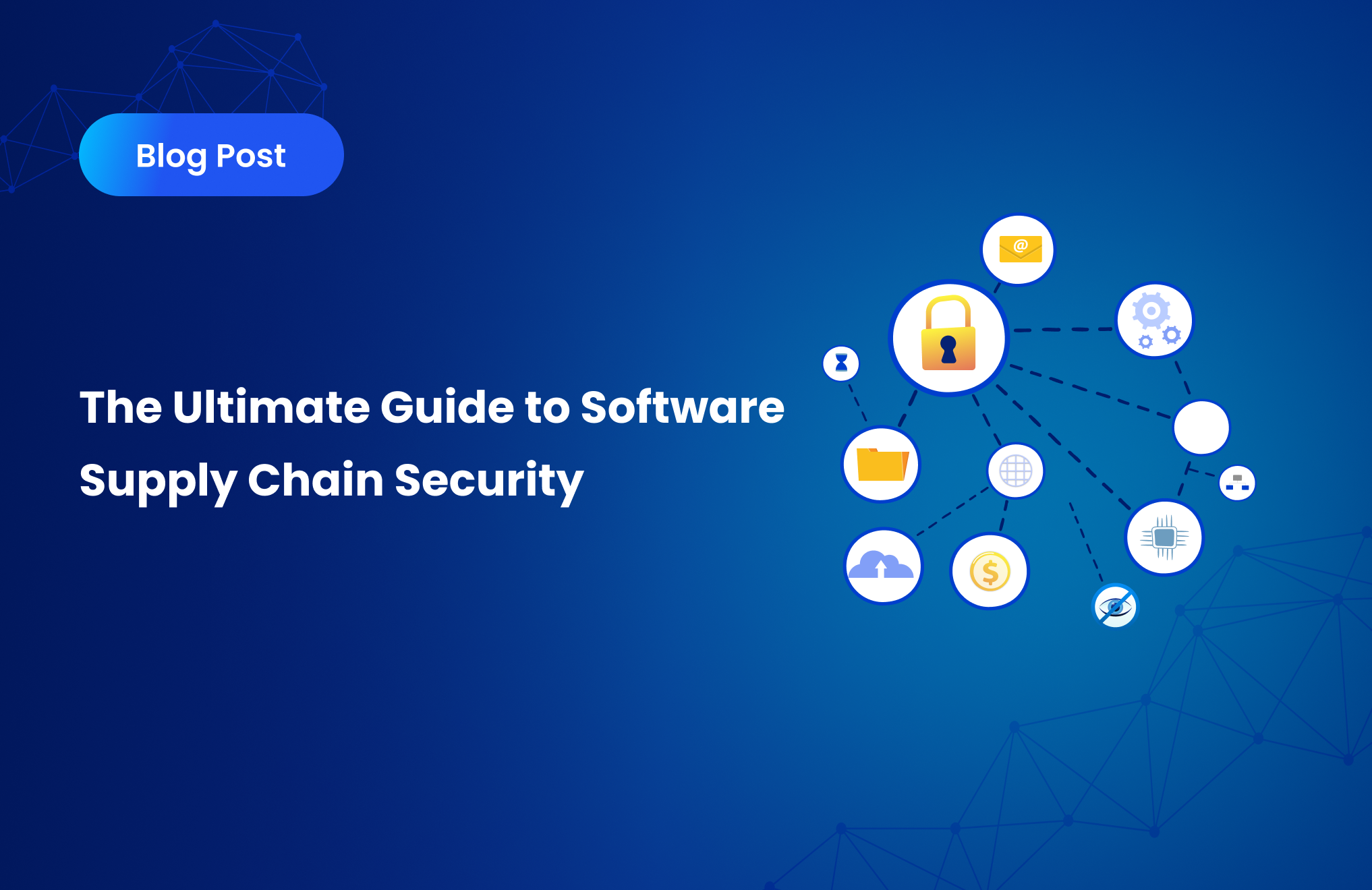Security Performance Assessment for Supply Chain: Emphasizing Cyber Exposure Management

In an increasingly interconnected world, supply chain security has become a paramount concern for organizations globally. A single weak link can potentially expose an entire operation to a wide array of risks and threats. While physical security has long been a focal point, the digital dimension—Cyber Exposure Management—has gained increasing importance in recent years. This article dives deep into the core facets of Cyber Exposure Management, namely Automated Asset Discovery, Continuous Risk Assessment, Intelligent Risk Prioritization, and understanding Potential Vulnerabilities & Attack Vectors.
Automated Asset Discovery
At the heart of Cyber Exposure Management lies the concept of Automated Asset Discovery. This practice involves deploying automated tools that scan and identify all assets exposed on the internet—servers, devices, software, and services. As the complexity and scale of organizational infrastructure continue to grow, manual inventory of these assets becomes a near-impossible task.
Automated Asset Discovery is not just a matter of convenience. It's a cornerstone of proactive cyber defense. With the rapid proliferation of cloud services, IoT devices, and distributed networks, the potential points of entry for attackers are constantly expanding. An Automated Asset Discovery solution continually monitors the digital landscape, detecting new assets as soon as they come online. This way, no potential vulnerability stays unnoticed, contributing substantially to the security of the supply chain.
Continuous Risk Assessment
Risk, in the cyber context, is a constant and dynamic entity. Hence, the necessity for Continuous Risk Assessment. This process involves continually monitoring and evaluating potential risks to an organization’s assets. One common technique is passive vulnerability scanning—a method of detecting weaknesses without disrupting system operations or performance.
By continuously scanning for potential risks, organizations can effectively 'keep their finger on the pulse' of their security status. As new assets are discovered and existing ones are updated or modified, the risk landscape shifts. Continuous Risk Assessment ensures that these changes do not introduce unexpected vulnerabilities, significantly contributing to supply chain security.
Intelligent Risk Prioritization
Once potential risks are identified, they cannot all be addressed simultaneously. This is where Intelligent Risk Prioritization comes into play. This process involves assigning risk scores and prioritizing vulnerabilities based on their potential impact on the organization.
Intelligent Risk Prioritization is about optimizing the use of resources. It allows security teams to focus their efforts on the most critical issues first, ensuring that the highest-risk vulnerabilities are patched before they can be exploited. By understanding which vulnerabilities pose the greatest threat, organizations can develop targeted, effective remediation strategies that significantly enhance the security of their supply chains.
Potential Vulnerabilities & Attack Vectors
Understanding Potential Vulnerabilities & Attack Vectors offers a comprehensive view of an organization's potential attack surfaces. This involves mapping out potential vulnerabilities, their associated attack vectors, and considering their implications in a broader cybersecurity context.
By maintaining a clear picture of the potential attack surfaces, organizations can proactively address potential security threats. This involves considering not only known vulnerabilities but also potential zero-day exploits—previously unknown vulnerabilities that can be used by attackers. Staying ahead of potential threats significantly enhances the organization's ability to respond to incidents and mitigate their impacts.
Daily Attack Surface Discovery
In order to maintain a high level of security in the supply chain, organizations need to engage in Daily Attack Surface Discovery. This practice involves discovering critical exposures and mitigating risks with always-on multi-perspective scanning, offering daily coverage across known and unknown attack surfaces.
By continually scanning and evaluating the organization's attack surfaces, it becomes possible to discover and address vulnerabilities before they can be exploited. This approach promotes a proactive, rather than reactive, stance on cybersecurity, contributing to a more secure and resilient supply chain.
Attribution Engine
An Attribution Engine is another crucial component of Cyber Exposure Management. This tool provides a complete and automated view of an organization's perimeter, helping to establish high-confidence connections for discovered internet assets.
The Attribution Engine assists in connecting identified assets back to the organization, even when the relationships may not be immediately apparent. This capability ensures that all potential points of entry into the organization's systems are known and monitored, further enhancing the overall security of the supply chain.
Risk Triage and Prioritization
Once potential threats have been identified, organizations need to engage in Risk Triage and Prioritization. This involves monitoring and updating the attack surface daily across 300+ different risk fingerprints, determining the severity of discovered weaknesses and exposures.
The process helps to prioritize resources and efforts, addressing the most significant risks first. In turn, this contributes to maintaining a secure and robust supply chain, even in the face of a continually evolving threat landscape.
Conclusion
In conclusion, Cyber Exposure Management is an indispensable element in the toolbox of modern supply chain security. The concepts of Automated Asset Discovery, Continuous Risk Assessment, Intelligent Risk Prioritization, and understanding Potential Vulnerabilities & Attack Vectors provide an effective framework for securing an organization's supply chain.
By adopting these strategies, organizations can remain one step ahead of potential threats, reducing their cyber risk and ensuring the continuity and security of their supply chain. As the complexity and scale of supply chain systems continue to grow, these practices will become even more vital. Embracing these practices is a step towards building a resilient, secure, and prosperous future.



.svg)
.svg)
.svg)
.svg)



.svg)
.svg)
.svg)
.svg)
.svg)
.svg)
.svg)
.svg)



